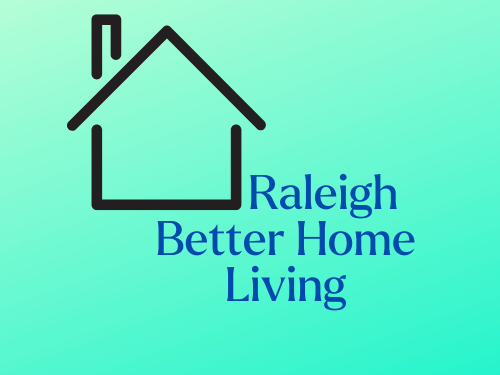
Building a House with Foam Board: An Innovative Approach
The dream of building a home often collides with budget constraints, pushing homeowners to explore more cost-effective construction methods. One standout example of innovation is the use of foam board in home building, a method recently spotlighted by creator Yasha Koshik in his inspiring project where 90% of his house is constructed from lightweight materials. This approach not only challenges traditional construction practices but also caters to eco-conscious individuals looking to minimize their environmental footprint while maximizing efficiency.
The video 'I Built a House Made 90% Out of Foam Board!' highlights this intriguing construction method, prompting us to delve further into its implications and benefits.
How Foam Board Construction Works
The primary material utilized in this building method is extruded polystyrene foam, commonly known as Penoplex. According to Koshik, the structure achieves impressive thermal performance, rivaling that of traditional materials. The insulation properties of the foam allow a 10 cm thickness to effectively replace 2 meters of brickwork. This significant reduction in material usage offers potential savings, both financially and environmentally, while ensuring high structural rigidity and effective insulation.
Cost-Effective Home Solutions
With a careful eye on the budget, Koshik managed the construction project with an overall budget slightly above $1,000, while incorporating more costly finishes like slate roofing. His innovative design utilizes a column foundation that supports the lightweight foam structure, simplifying the construction process. As today's homeowners seek affordability without compromising quality, Koshik’s project suggests that unconventional building practices may be the path forward.
Safety Concerns Addressed: Understanding Foam Properties
Despite the rising popularity of foam board construction, safety concerns persist among potential builders and homeowners. Koshik directly addresses these concerns, clarifying that extruded polystyrene foam is not the same as Styrofoam. It is crucial to understand that polystyrene becomes hazardous only if heated to high temperatures. As seen in commonly used items such as food-grade containers, polystyrene is already widely accepted as a safe material.
Potential Misconceptions and Misunderstood Risks
Even amidst the potential for innovative construction methods, misconceptions abound. Critics argue that homes constructed with foam may be less durable or more susceptible to pests. Koshik dispels these fears, asserting the stability of the foam when combined with waterproofing measures and proper installation techniques. Furthermore, the perceived flammability of these materials is comparable to that of wood—highlighting that traditional homes aren't necessarily immune to fire risks.
Integrating Modern Home Technologies
This approach to home building opens pathways for integrating smart home tech seamlessly into the design. As Koshik's project prepares to serve as a workshop for the "Love DIY" channel, the flexibility of foam construction presents opportunities for easily incorporating modern amenities and adaptability to changing homeowner needs.
Your Takeaway: Cost-Effective and Modern
The innovation demonstrated by Yasha Koshik's foray into foam board construction suggests that homeowners may no longer need to choose between affordability and quality. As industries evolve, so too must our methods of crafting homes. By utilizing lightweight materials, reducing waste, and effectively managing costs, homeowners can enjoy personalized, sustainable, and modern living environments.
To explore innovative construction methods that can uplift your lifestyle while staying budget-conscious, consider diving deeper into foam board techniques. Whether through DIY projects or consulting with experts in modern building materials, the journey towards a cost-effective and stylish living space is within reach.
 Add Row
Add Row  Add
Add 




Write A Comment